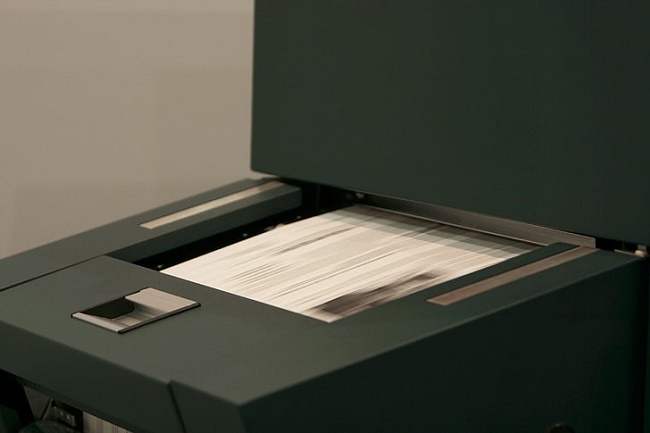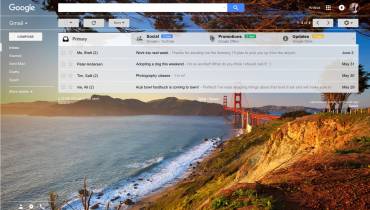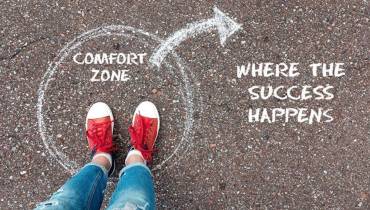Is Offset Printing the Future for Indie Authors?

Many authors who are self-published have become rich and famous thanks to e-books and the hybrid method of producing and distributing printed books called print-on-demand.
Print-on-demand is essentially a printing technology and business model in which copies of book are printed only when there is an order or demand for the book. This allows for printing of single or small quantities, which was not always economical to do using traditional printing technology.
The availability of new and ease to use print-on-demand technologies has made the production of printed books less frightening for aspiring self-published authors. And advancement in commonly used printing techniques like offset printing has also helped a lot in enabling self-publishing
Even for entrepreneurs in the book publishing industry, working with indie authors to make their dream of publishing a book come true has become easier, mainly because of the availability of new printing technologies that make affordable and easy-to-print paperbacks possible.
If you are an aspiring author, you should know that many types of books (fiction and non-fiction) can be published for profit on your own. Most of these books are actually produced using offset printing tech, as are most printed books sold in the United States today.
You can observe a change in offset printing as the maturity of the indie writer phenomenon continues and more people choose to self-publish their own books.
Many authors, who themselves are voracious readers of e-books and paperbacks, don't think about the appeal of physical products anymore or how they can change the way they view, plan, and produce their own books. Offset printing has evolved so much and is helping change that.
What is Offset Printing?
Offset printing is the type of printing done on the paper feed press that prints from the paper sheets. Offset lithography, more commonly used for large prints, is a commercial printing process in which ink is transferred from a sheet, usually metal, to a rubber sheet, which is then wrapped in a sheet of paper.
Large printed paper sheets are cut into book form and sent to a folder to make a book. This is the way most of the major publishers print their books, which means that most books you see for sale in a physical library have been produced in offset.
Offset presses are also used to produce newspapers and magazines. This type of press offset the inked image of the plate to a rubber blanket and then to the printing surface.
When utilized in conjunction with lithography that is based on the oil and water repulsion, the press offset method uses a flat image medium where the picture to be printed receives ink from the inking rollers and the non-printing area applies a water-based film, which preserves non-printing areas. This type of offset printing is inexpensive, fast, high quality and efficient.

Modern offset printer and technology.
Offset Printing vs. Digital Printing for Indie Authors?
Digital printing is another popular alternative for self-publishing books. It can be done easily from a digital file such as PDF, whereas offset printing needs new plates creation for every print job requiring higher cash outflows. But that does not mean that digital printing is necessarily cheaper.
Prices vary considerably depending on the number of words, size of paper, type of paper, binding and many other factors, but the unit cost of offset printing decreases as printing increases.
Most indie authors nontheless no longer opt to use offset printers—understandably so. There are other (electronic) ways to print books of high quality and low cost and even to set up an indie publishing house, without worrying about storing or distributing stocks.
However, some writers like to be hands-on (literally) on all aspects of the published book. If that describes you and you’d like to actually hold a physical copy of your book in your hand, you will have to find a good offset printer for publishing your book.
Many private book sales opportunities involve the simultaneous sale of a large number of books, say, to businesses for promotional or training purposes. Each time you apply more than 500 pounds, you'll probably get a much lower price and therefore benefit more from offset printing.
Resolving the method of your book production early in the process will make your entire publishing process more efficient and targeted. Similarly, understanding your market is another important part of ensuring a successful deployment.
When you know which book the market wants, you will know how to produce it.
When Offset Printing Outplays Digital Print-on-Demand?
There are different scenarios in which offset printing helps you achieve goals that go well beyond print-on-demand.
Some of the scenarios where offset printing outplays print-on-demand printing include:
i) Books requiring high-quality imitation of paintings, art photography, drawings or any visual art will not be printed on demand. Paper options, trimming sizes, and attachment options are very limited. The quality of reproduction can be much lower than that compensated, and the books of high-level companies are too expensive to be practical on the market.
ii) The little token books in a box on the counter next to the newspaper are beautiful color books containing inspiring messages or poetry. Sometimes they have small strips of cloth sewn to the binding.
iii) Sometimes a book requires a photo section to complete. Many travel and adventure books contain images that help tell the story. In offset printing, it's easy. Parts printed separately, each on a suitable paper, simply join at the end of the printing process.
iv) POD companies only offer specific sizes and it is possible that financial forms may be subject to a fine. If you need a square book, you may not be able to choose from a variety of sizes, for example. Offset printers can print almost any size or book shape on any of the dozens of book sheets.
If you are new to book publishing and you do not know how many books you will sell, offset printing is a risky option, because to obtain the lower unit price mentioned above, you must print at least 1,000 copies of your book of preference.
On the other hand, if you are a professional speaker, for example, who can sell books at the back of the room to a wide audience and know that you are selling at least 1,000 books a year, offset printing is the better option as it will significantly reduce the cost of your printing per unit and increase your profits.
Conclusion
Offset printing may date back to the 20th century and may not be so appealing to the digirati, motivated by the image of huge, noisy industrial equipment producing thousands of books at a time. But indie authors who wish to continue to grow may need to set aside any bias they have against this tech (which has improved greatly over time, by the way) and add offset printing and its capabilities to their book publishing strategy.
In a way, it seems only logical to predict and expect that the next major shift for indie authors and big trend in the growth and maturity of the self-publishing industry is moving towards offset printing. Since many indie authors would actually like to hold and see their physical book on bookshelves everywhere, offset printing may be the solution that helps them make that a reality.




















